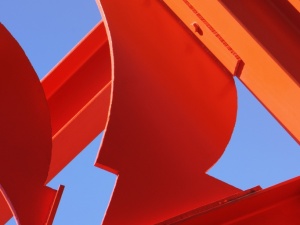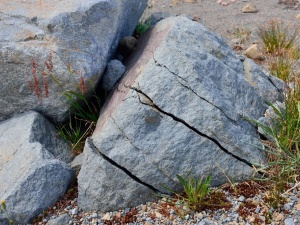Surface texture and barrier performance of poly(lactic acid)–cellulose nanocrystal extruded‐cast films
Abstract
In this study, we assessed the influence of cellulose nanocrystal (CNC) addition level (0.5–2 wt %) on the surface texture, thickness, and barrier properties of poly(lactic acid) (PLA) extruded‐cast films. Regardless of the CNC content, the addition of CNC increased the surface average roughness and maximum roughness of the PLA films in both the machine and cross‐machine directions because of the presence of CNC agglomerates. The increased roughness resulted in films with uneven thicknesses; this affected their accurate measurements with a conventional micrometer. Rather, accurate thickness measurements were obtained through the density method, a more appropriate thickness measurement method for films with rough surfaces. The permeability values were negatively correlated with the increased crystallinity. Both the water vapor permeability and oxygen permeability (OP) values decreased significantly by approximately 26–45 and 25–50%, respectively, as the CNC content increased from 0.5 to 2 wt % because of the tortuosity effect. The OP values of the neat PLA and composite films remained insensitive to changes in the relative humidity (from 0 to 75%) when they were tested at 23 °C.
Full article:
Source: Preview Image: Sara Ingvardsen/EyeEm/Getty Images



